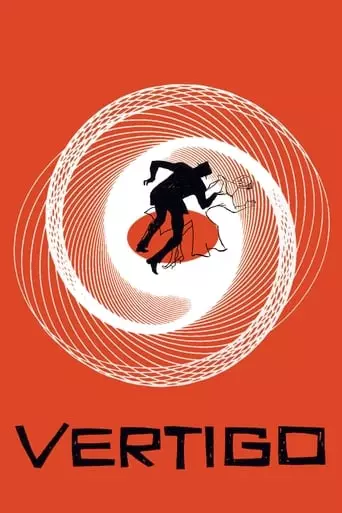
Vertigo (1958) Watch Online Free
A retired San Francisco detective suffering from acrophobia investigates the strange activities of an old friend’s wife, all the while becoming dangerously obsessed with her.
Alfred Hitchcock’s Vertigo (1958) is often regarded as one of the greatest films in cinematic history, blending psychological thriller, romance, and mystery into a haunting exploration of obsession, identity, and human fallibility. The film follows John “Scottie” Ferguson (played by James Stewart), a retired police detective in San Francisco who develops a crippling fear of heights after a traumatic incident. He is hired to follow the wife of an old acquaintance, Madeleine Elster (Kim Novak), and soon becomes obsessed with her, only to find himself entangled in a complex web of deception and tragic desire.
The plot of Vertigo centers around Scottie’s obsession with Madeleine, a mysterious woman he is hired to follow. His fear of heights (vertigo) exacerbates his personal and professional struggles as he becomes increasingly infatuated with her. When Madeleine seemingly dies, Scottie spirals further into his obsession, eventually discovering Judy, a woman who eerily resembles Madeleine. As Scottie convinces Judy to transform back into the woman he loved, the film delves deeper into themes of control, identity, and the destructive nature of obsession.
The film is a masterclass in Hitchcock’s manipulation of suspense, psychological complexity, and the relationship between reality and illusion. One of the central themes of Vertigo is the idea of desire and obsession, particularly Scottie’s inability to let go of the idealized image of Madeleine. Hitchcock explores the concept of the “perfect woman” and the destructive consequences of attempting to recreate or possess such an ideal.
Hitchcock’s use of color is notable, with greens and reds frequently appearing to symbolize various emotional states, such as jealousy and yearning. The haunting score by Bernard Herrmann also complements the mood of obsession, with its eerie, sweeping melodies heightening the psychological intensity of the narrative.
The film also addresses the fragility of identity. Scottie’s fixation on Madeleine blurs the line between reality and fantasy, causing him to lose touch with the real Judy, who is ultimately a victim of Scottie’s obsessive tendencies. This loss of self-identity is mirrored in the film’s visual motifs, such as the dizzying camera work that conveys Scottie’s vertigo and his spiraling descent into madness.
After watching Vertigo, you may experience a complex range of emotions. The film’s exploration of obsession and the dark side of human desire can be disturbing, leaving you with a sense of unease or discomfort. The tragic fate of the characters, particularly Judy, may evoke feelings of sorrow and sympathy. Hitchcock’s mastery of tension, coupled with the emotional depth of the characters, might leave you reflecting on the nature of love, control, and the consequences of chasing unattainable ideals.
Ultimately, Vertigo is a film that lingers in the mind long after the credits roll, as it forces the viewer to confront uncomfortable truths about human nature, identity, and the dangerous allure of obsession
